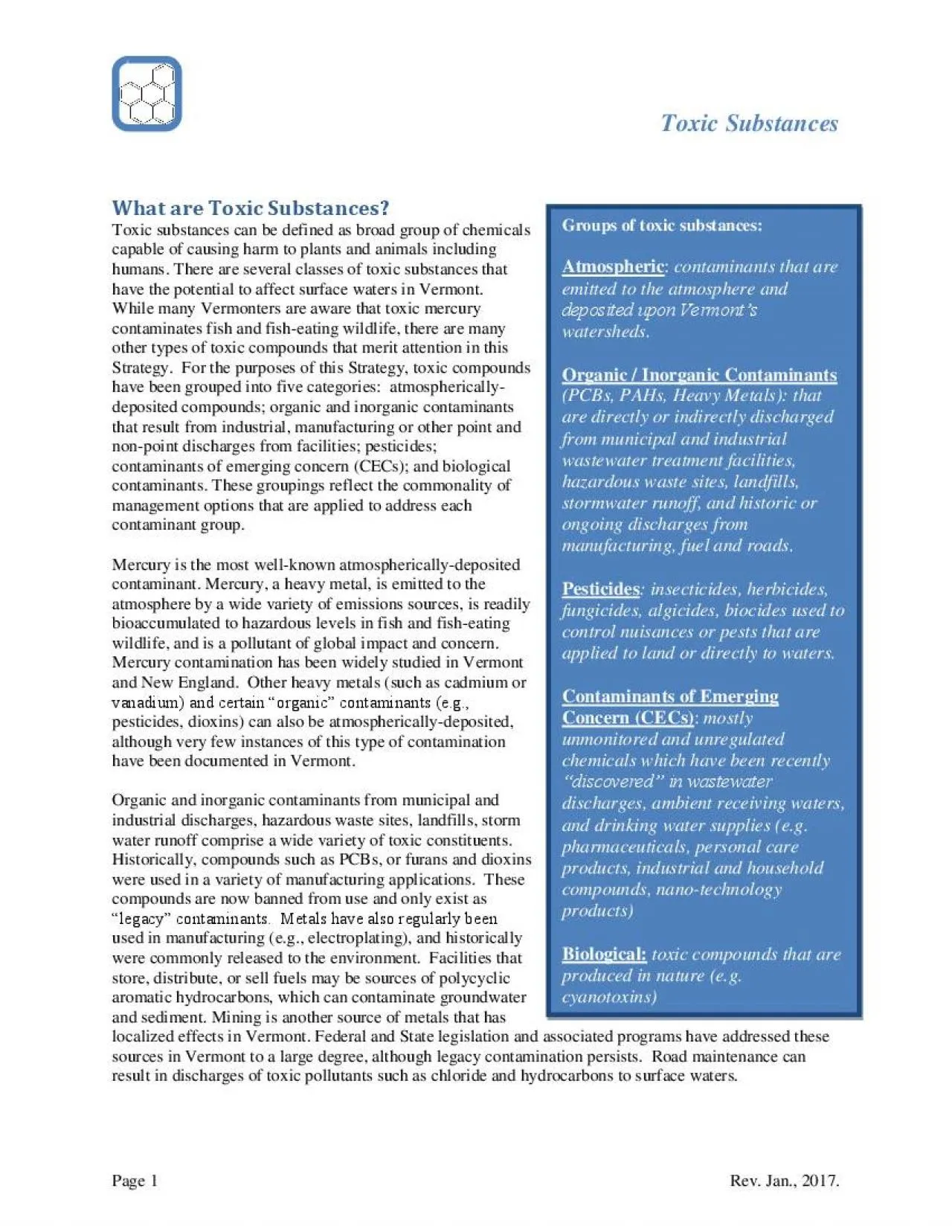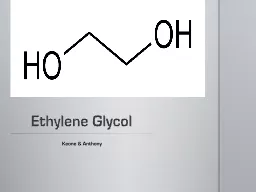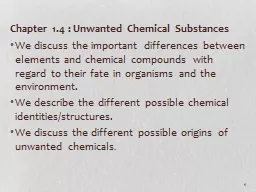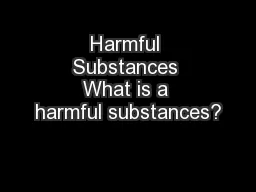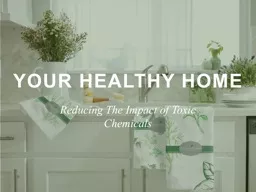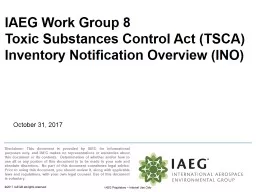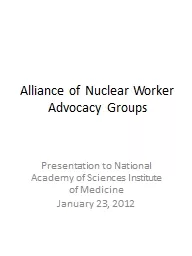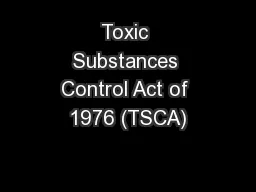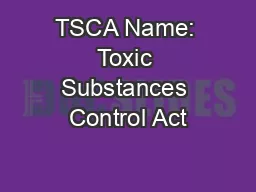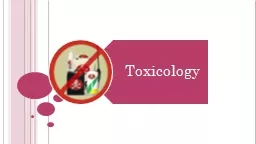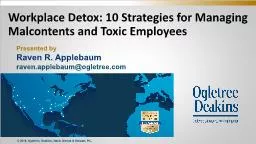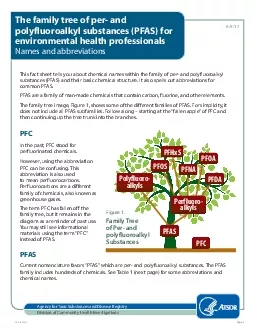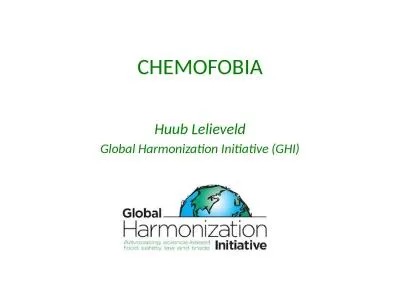PDF-Toxic Substances
Author : joy | Published Date : 2021-10-06
Page 1Rev Jan 2017What are Toxic SubstancesToxic substances can be defined as broad group of chemicals capable of causing harm to plants and animals including humans
Presentation Embed Code
Download Presentation
Download Presentation The PPT/PDF document "Toxic Substances" is the property of its rightful owner. Permission is granted to download and print the materials on this website for personal, non-commercial use only, and to display it on your personal computer provided you do not modify the materials and that you retain all copyright notices contained in the materials. By downloading content from our website, you accept the terms of this agreement.
Toxic Substances: Transcript
Download Rules Of Document
"Toxic Substances"The content belongs to its owner. You may download and print it for personal use, without modification, and keep all copyright notices. By downloading, you agree to these terms.
Related Documents

